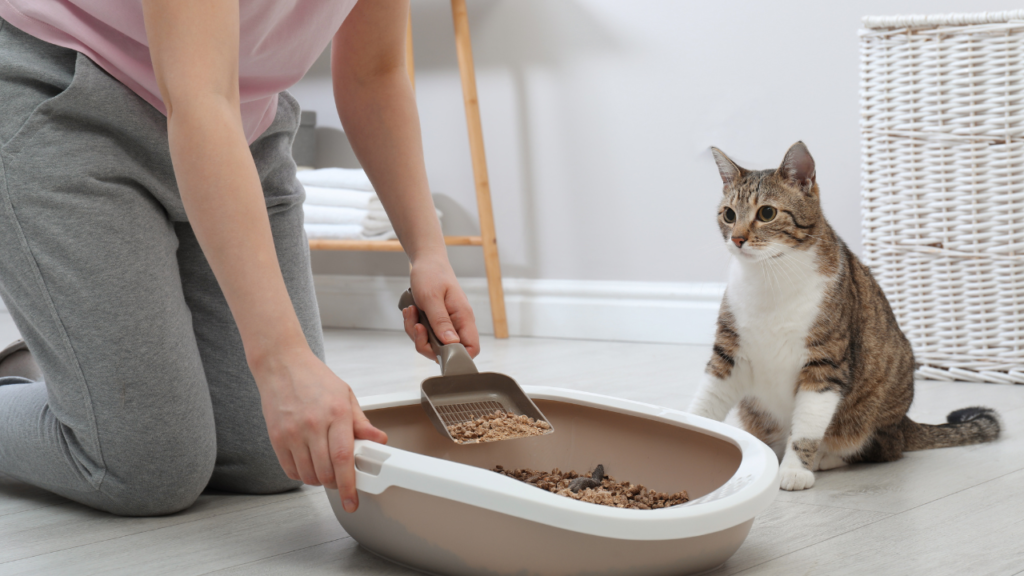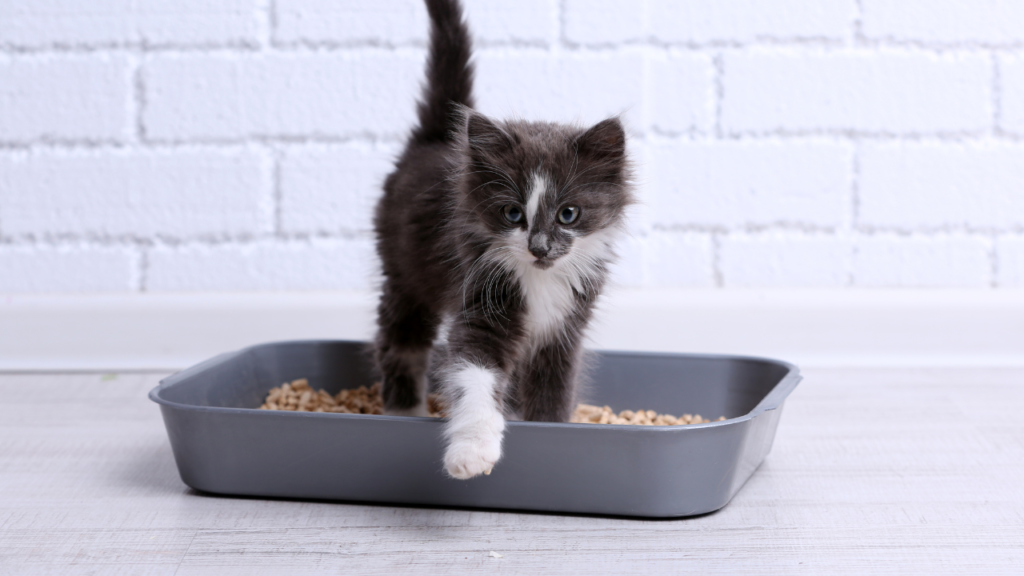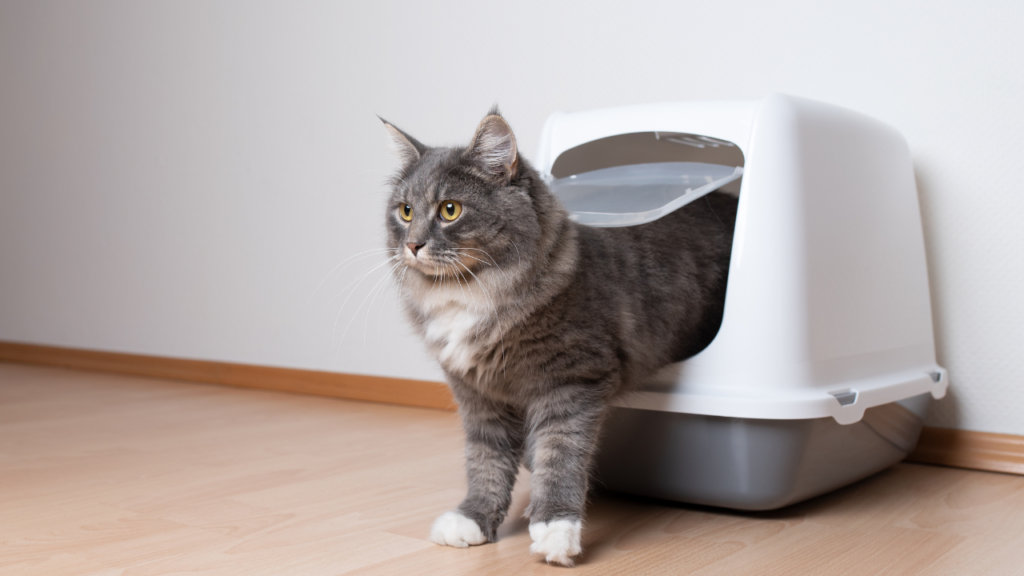
Cats enjoy their routines. If you’ve ever tried to transition your cat to a new brand of cat food or a new environment, you’re already familiar with the theatrical behaviour and tantrums cats can exhibit. Switching to a new litter box is no exception; however, just because cats dislike change does not mean you have to continue using the same dirty old litter box. It just means you must be strategic about the shift. If you’re wondering how to convince a cat to utilise a new litter box, keep reading for some helpful advice!
How To Introduce The New Litter Box

If you use the same litter and box, your cat is unlikely to object. If you’re switching to a different box style, such as a self-cleaning or covered one, you should be particularly concerned about these other aspects.
Step 1: Location is crucial. What they say about real estate also applies to your cat’s litter box: Having it in the proper location can aid with the transfer to a new box.
Consider putting the new box right where the previous one was. This will help your kitten learn that the new box serves the same purpose as the previous one.
Step 2: Do not throw away the old box. Sure, it’s tempting, but don’t dispose of the old box as soon as the new one arrives.
Your pet might recognise that both boxes serve the same purpose. Your cat will probably decide to utilise the new one on their own. Want to know why your cat is laying in the litter box? Check out our guidebook.
Step 3: Use scents to entice them. Cats have exceptional senses of smell. They enjoy and respond to familiar scents.
To encourage your cat to utilise the new box, pour a small amount of old litter into it. Please keep in mind that this approach will not work with all litter boxes. For example, if you use a self-cleaning litter box, your cat may be unable to detect the fragrance before it is cleaned by the machine.
Step 4: Keep things tidy. Try to make the new box more appealing by cleaning it out more frequently.
Hopefully, your cat will see the benefits of utilising the new box and stop using the old one on its own.
Step 5: Use toys and snacks. The idea is to assist your cat develop a pleasant association with the litter box.
To accomplish this, you can use anything your cat enjoys, such as a nice treat, favourite toy, or catnip. Arrange their toys around the new box. Scatter treats around the litter box. Sprinkle catnip around the box’s entrance or on the mat.
Step 6: Remember to provide positive reinforcement. You should also give your cat positive feedback anytime he approaches and investigates the litter box.
Warm, happy emotions are equally as effective as treats for rewarding your cat’s excellent behaviour. Praise and support your cat, and they will know that you approve of their behaviour. With your reassurance, cats will feel better about using the new litter box.
Step 7: Allow your kitty to set the pace. Furthermore, never push your cat to use the new litter box or reprimand them if they do not.
Negative reinforcement does not work; it will simply make your cat fearful of the new box and you. Give your cat the time and assistance they require to adjust to the new litter box.
What to do if your cat won’t use the new litter

Even if you give your pet plenty of time to adjust to a new litter, they may still reject it. If your cat won’t use their new litter, it’s time to get inventive. Fill many different boxes with different litters, labelling them to indicate which is which, and let your cat choose their litter.
We also recommend using unscented litter, as some cats are particularly sensitive to artificial fragrances.
How to adjust your cat to a new litter box at a new area
Whether you’re relocating or going on vacation, life events may drive you to make multiple changes at once. Here’s how to assist your cat adapt to a new litter box if you don’t have time to take it carefully.
Step 1: Keep the litter box in an easily accessible position.
If your cat is adjusting to a new environment, it may take some time to figure out where everything is. Keeping your litter box in a central, easily accessible location helps your cats find it when they need it.
Step 2: Provide several options for the adjustment period.
Cats will hide when stressed. Some may be too afraid to leave their hiding area. Place a litter box, puppy pads, or newspaper near their hiding spot.
Step 3: Don’t make a fuss if your cat utilises the litter box in a new location.
Dogs feel rewarded when people shout or make a big fuss about them, however loud noises (even happy ones) can be uncomfortable for cats. Reward them with a gentle pet or a reward, but otherwise respect their privacy.
Switching your cat’s litter box might be rather difficult. Kitties are typically averse to change, and if you’re not careful, you could wind up with a worse mess than before. You may help them adjust by keeping the box in the same area and encouraging them with food, scent, and praise. With these helpful hints, you now know how to provide a new litter box to your cat. Good luck!
